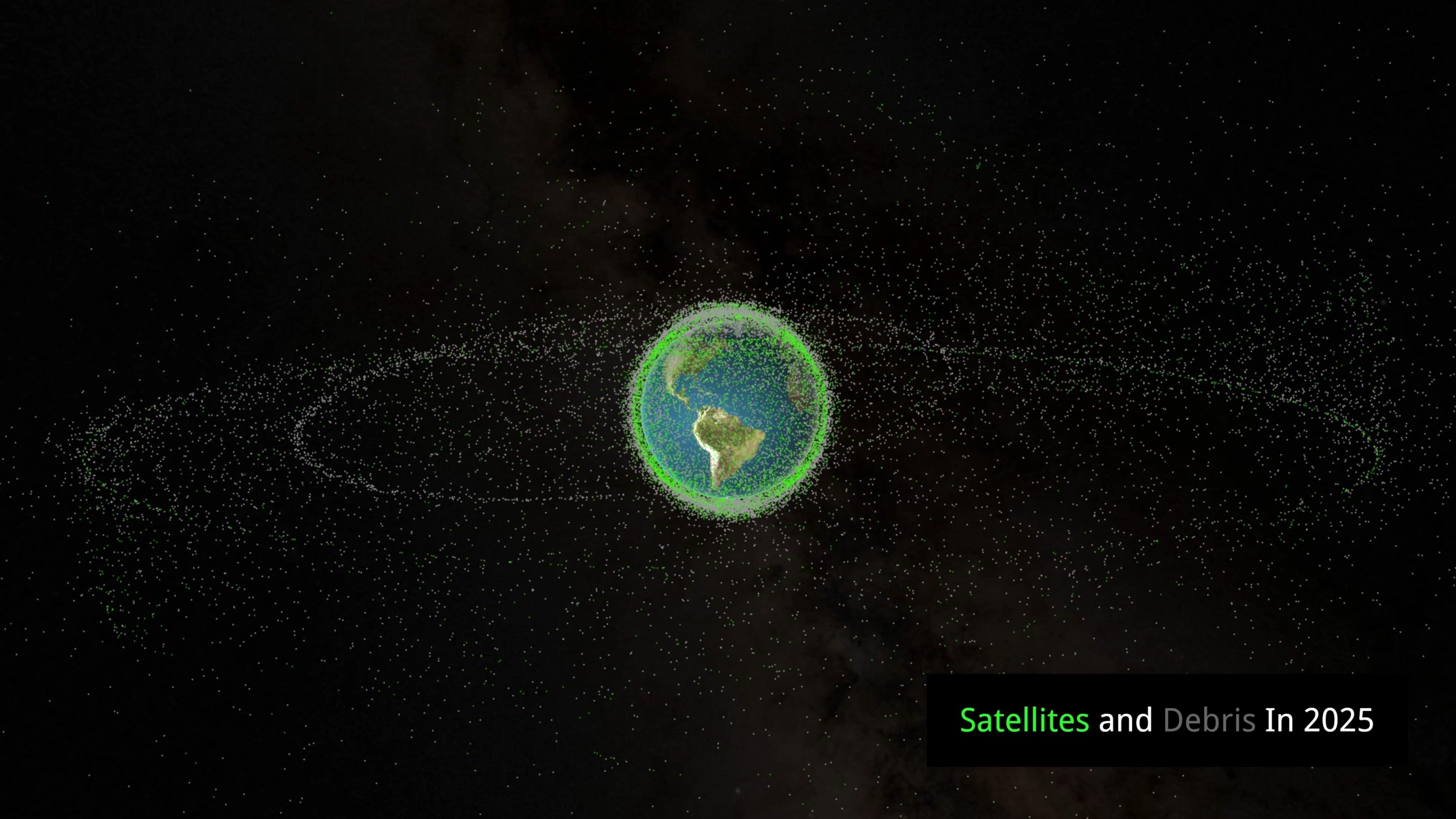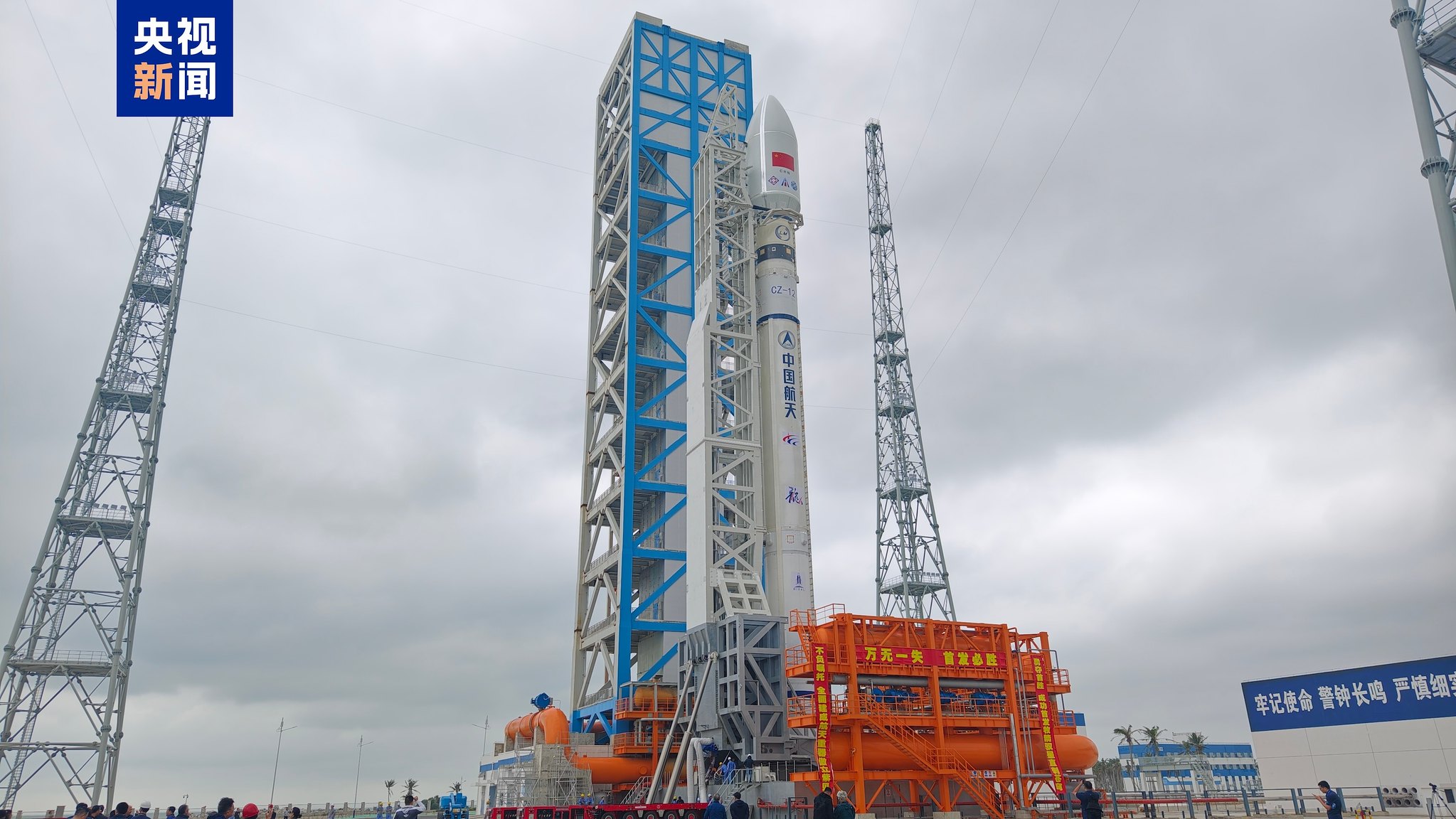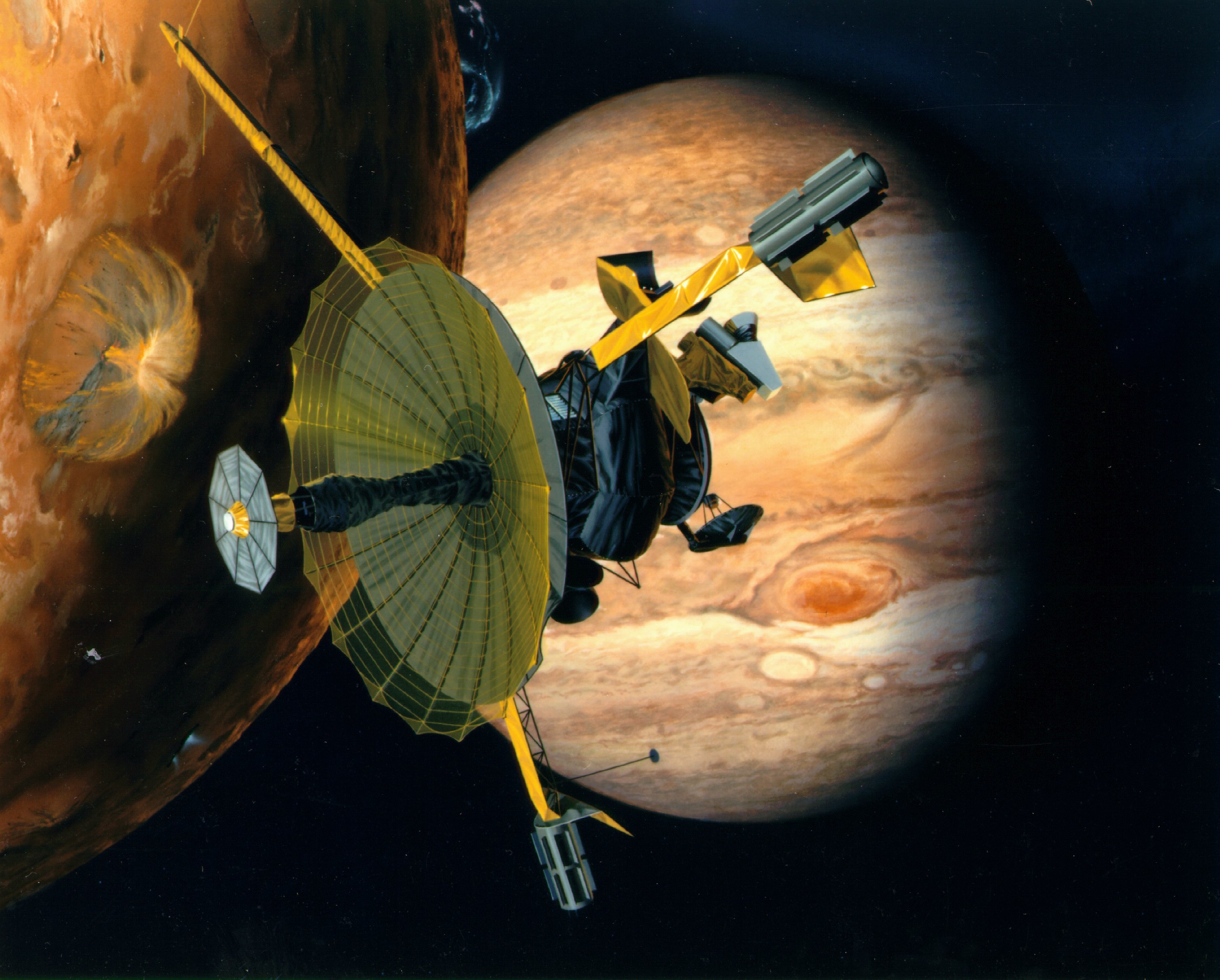· deep dive · 5 min read
The Kessler Syndrome
The Kessler Syndrome threatens humanity's future in space as cascading satellite collisions create exponential debris growth. With 36,000+ tracked objects and recent incidents accelerating risks, we face a critical juncture: implement solutions now or potentially lose access to low Earth orbit forever.

The Kessler Syndrome represents one of the most critical challenges to humanity’s continued exploration and utilization of space. First theorized in 1978 by NASA scientists Donald J. Kessler and Burton G. Cour-Palais, this cascading collision scenario threatens to render low Earth orbit (LEO) unusable through exponential debris generation. With over 9,500 active satellites and 36,000 tracked debris fragments as of 2025, the orbital environment has reached a precarious state. Recent events like the 2024 Chinese Long March 6A rocket breakup demonstrate the accelerating risks, while models like KESSYM predict business-as-usual scenarios could trigger irreversible orbital collapse within 250 years. This article examines the syndrome’s historical roots, current manifestations, mitigation strategies, and existential implications for global infrastructure and space exploration.
Historical Foundations of Orbital Debris Theory
Origins in Cold War Space Operations
The conceptual framework for understanding orbital debris emerged from unexpected military research during the Space Age’s early decades. While studying asteroid belt dynamics, Kessler recognized parallels between natural celestial collisions and human-made orbital objects. His collaboration with Cour-Palais produced the seminal 1978 paper predicting that artificial satellite collisions would create self-sustaining debris belts. This work challenged prevailing assumptions about atmospheric drag’s ability to naturally clear LEO, introducing the critical concept of non-linear collision frequency - where debris accumulation accelerates exponentially rather than linearly.
Military experiments in the 1980s revealed crucial differences between meteoroid impacts and artificial debris collisions. U.S. Air Force tests showed spacecraft collisions generated larger, more dangerous fragments than natural impacts, fundamentally altering risk calculations. These findings coincided with the first documented satellite collision (1991 Kosmos-1934 breakup) and growing recognition of anti-satellite (ASAT) weapon tests as major debris sources.
Evolution of Risk Modeling
Kessler’s 1991 follow-up research established three orbital regimes based on debris density:
- Subcritical: Collision debris decays faster than creation rate
- Critical: Debris generation matches decay rate
- Supercritical: Collisions dominate debris production
This framework revealed LEO’s vulnerability due to prolonged orbital lifetimes at altitudes above 800 km. The 2009 Iridium 33-Cosmos 2251 collision validated these models, creating over 2,300 trackable fragments. Subsequent studies using the KESSYM stochastic model demonstrate current debris counts already exceed critical thresholds in certain orbital shells.
Current Orbital Environment Status
Debris Population Dynamics
As of March 2025, the orbital debris population exhibits alarming characteristics:
| Parameter | Value |
|---|---|
| Tracked objects (>10 cm) | ~36,000 |
| Estimated 1-10 cm pieces | 600,000 |
| Micrometer-sized debris | ~130 million |
| Annual collision events | 1 catastrophic impact |
This environment poses unique challenges due to extreme relative velocities (average 28,000 km/h) and energy transfer characteristics. A 1 kg debris fragment impacting at 10 km/s releases kinetic energy equivalent to 22 kg of TNT, capable of catastrophically disrupting multi-ton satellites.
Critical Infrastructure at Risk
Modern civilization relies on orbital infrastructure vulnerable to Kessler Syndrome effects:
- Global Positioning Systems: 78% of commercial aviation navigation depends on GPS
- Weather Monitoring: Polar-orbiting satellites provide 85% of input data for weather models
- Communications: 4,000+ Starlink satellites enable global broadband
- Scientific Assets: Hubble Telescope and ISS require regular debris avoidance maneuvers
The 2024 Chinese rocket breakup exemplifies these risks, generating 700+ fragments in Sun-synchronous orbit - a region critical for Earth observation and climate monitoring satellites.
Mitigation Strategies and Technical Challenges
Active Debris Removal (ADR) Technologies
Current ADR approaches face significant technical and economic hurdles:
- Laser Ablation: Ground-based lasers targeting debris for controlled deorbit
- Limited by atmospheric distortion and power requirements
- Robotic Capture: ESA’s e.Deorbit concept using nets/harpoons
- Requires close proximity operations with tumbling objects
- Momentum Transfer: Electrodynamic tethers or solar sails
- Most effective for large rocket bodies in high-inclination orbits
The KESSYM model estimates needing 5-10 large debris removals annually to stabilize LEO, costing $500M-$1B/year based on current technology.
Collision Avoidance Systems
Modern conjunction assessment relies on:
- Space Surveillance Networks (SSN): U.S. Space Track catalog monitors 30,000+ objects
- Automated Maneuvering: SpaceX’s Starlink satellites perform 4,000+ avoidance maneuvers monthly
- AI Prediction Models: Machine learning algorithms analyze collision probabilities 7 days in advance
However, coverage gaps persist for non-cooperative satellites and debris smaller than 10 cm. The 2021 Russian ASAT test created 1,500+ trackable fragments, overwhelming existing monitoring capabilities.
Recent Developments and Tipping Points
2024 Chinese Rocket Breakup Event
The Long March 6A fragmentation on August 9, 2024 marked a paradigm shift in debris risk assessment:
- Altitude: 700-800 km SSO
- Fragments: 700+ cataloged, 200+ >10 cm
- Collateral Risk: 15% increased collision probability for Starlink shell
- Orbital Lifetime: 5-10 years for majority of debris
This event demonstrated three critical vulnerabilities:
- Lack of international launch vehicle passivation standards
- Insufficient post-mission disposal compliance
- Limited capability for rapid debris characterization
Constellation Proliferation Risks
Mega-constellations pose unique challenges:
| Constellation | Satellites | Altitude (km) | Collision Risk Factor |
|---|---|---|---|
| Starlink | 6,000+ | 550 | 0.87 |
| OneWeb | 650 | 1,200 | 0.42 |
| Kuiper (Projected) | 3,236 | 590-630 | 0.91 |
Risk factors calculated using KESSYM collision probability models. The concentration in 500-600 km altitudes creates overlapping orbital planes with 12% higher collision likelihood than other regions.
Paths Forward: Policy and Technology Synergy
International Governance Frameworks
Effective mitigation requires updating Cold War-era space treaties:
- Liability Convention Expansion: Include debris mitigation in launch licensing
- 25-Year Rule Reform: Reduce post-mission orbital lifetime from 25 to 5 years
- ASAT Testing Bans: UN Resolution 76/231 (2022) needs enforcement mechanisms
The 2023 Artemis Accords represent progress, with 32 nations adopting debris mitigation guidelines. However, major space powers like China and Russia remain non-signatories.
Sustainable Engineering Solutions
Emerging technologies offer hope for debris mitigation:
- Self-Healing Materials: Carbon nanotube composites that seal micrometeoroid impacts
- On-Orbit Servicing: Northrop Grumman’s Mission Extension Vehicles refuel satellites
- Passive Deorbit Systems: Biodegradable sails like DragRacer’s 45-day deorbit system
The KESSYM model shows combining these approaches could delay Kessler Syndrome indefinitely, but requires $2B-$4B annual investment through 2040.
A Narrow Window for Action
Current evidence suggests humanity stands at a critical juncture in orbital environment management. The 2024 debris events and constellation growth rates have accelerated Kessler Syndrome timelines, with some models predicting critical density thresholds in key orbital shells by 2075. Successful mitigation requires unprecedented international cooperation, with spacefaring nations contributing 0.5% of GDP to debris removal funds. While challenges remain, the combination of laser ablation technology, AI-powered collision avoidance, and stringent policy frameworks could preserve LEO’s usability for future generations. As Kessler warned in 2009, our actions this decade will determine whether Earth’s orbit becomes humanity’s greatest achievement or most enduring prison.

Theodore Kruczek





